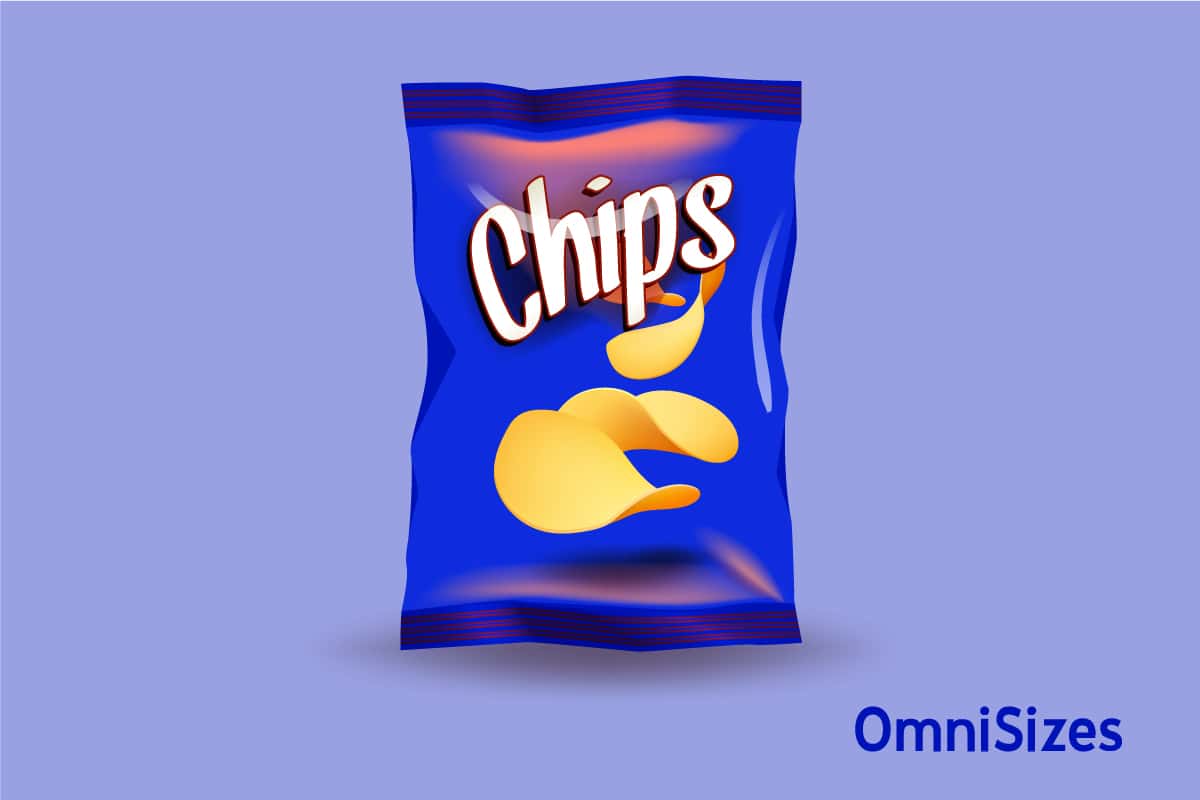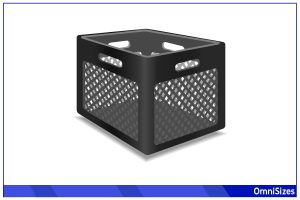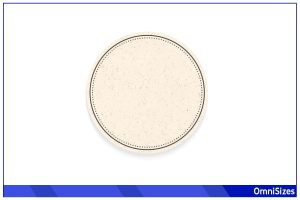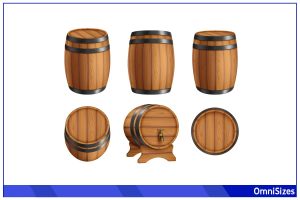Chip bag sizes have long been a topic of interest for many. From casual munchers to dedicated foodies, the size of a chip bag often dictates how much we consume, how we store them, and even how we perceive the value of our purchase.
The common chip bag sizes include: Single serve (2.75 × 4 inches or 7 × 10 centimeters), Family pack (8 × 10 inches or 20.32 × 25.4 centimeters), and Party pack (12 × 15 inches or 30.48 × 38.1 centimeters). These sizes cater to different occasions and consumption needs.
This guide will explain the various chip bag sizes in more detail, explain why those sizes exist, and address the controversies associated with chip bags.
Chip Bag Sizes
Chips, one of the most loved snacks globally, come in various bag sizes to suit different occasions and consumer needs.
Single Serve Bags
Single serve chip bags are designed for individual consumption. They are typically found in multi-pack boxes or sold individually in vending machines.
- Dimensions: These bags measure approximately 2.75 × 4 inches or 7 × 10 centimeters.
- Uses: Perfect for lunch boxes, quick snacks, or portion control. They offer just the right amount to satisfy a craving without overindulging.
- Popularity: Single serve bags have gained traction due to their convenience and ability to reduce food waste, as consumers eat only what they need.
Family Pack
As the name suggests, family packs are designed for multiple people. They’re ideal for family movie nights or small get-togethers.
- Dimensions: A typical family pack measures around 8 × 10 inches or 20.32 × 25.4 centimeters.
- Uses: Suitable for family gatherings or sharing with friends during casual meet-ups. Their larger size makes them cost-effective for frequent chip consumers.
- Popularity: Family packs have consistently been popular due to their value for money and ability to cater to multiple consumers.
Party Pack
- For those grand occasions or big parties, the party pack is the go-to size.
- Dimensions: The party pack dimensions are approximately 12 × 15 inches or 30.48 × 38.1 centimeters.
- Uses: These are great for large gatherings, parties, or events where a substantial quantity of chips is required.
- Popularity: While not purchased as frequently as the smaller sizes, party packs are essential for event planners or those hosting large groups.
Why Chip Bag Sizes Are What They Are
Have you ever wondered why chip bags come in the sizes they do? From the petite single serve bags to the large party packs, there’s a method behind the madness.
Consumer Demand and Preferences
Different occasions call for different amounts of chips. Brands cater to these varying needs by offering bags of assorted sizes.
- Portion Control: Single serve bags address the needs of individuals looking for a quick snack without the temptation of a larger bag.
- Family Time: Medium-sized bags, often termed family packs, are tailored for family movie nights or small gatherings.
- Big Celebrations: Party packs come into play for sizable gatherings, ensuring no guest goes without a handful of crispy delights.
Storage and Shelf Space
The way chip bags are sized also has a lot to do with storage, both in stores and at home.
- Retail Display: Retailers prefer sizes that can be easily stacked and displayed. Efficient use of shelf space can influence which products stores decide to stock.
- Home Storage: Bags should also be convenient for consumers to store at home, whether in cupboards or on countertops.
Economic Considerations
Price points play a significant role in determining chip bag sizes.
- Production Costs: It’s often more cost-effective for manufacturers to produce larger bags due to economies of scale.
- Consumer Spending: Smaller bags might have a lower absolute cost, but the price per ounce is typically higher than in larger bags.
Marketing and Promotions
Brands often use chip bag sizes as part of their marketing strategies.
- Limited Editions: Occasionally, unique sizes are introduced as part of promotions or tie-ins with events.
- Sampling: Smaller bags might be distributed as samples, introducing consumers to new flavors without the commitment of a full-sized purchase.
Controversies and Misconceptions
In the world of chips, not everything is as straightforward as it seems. Let’s clear the air on some of the most common controversies and misconceptions related to chip bags.
“Air” in the Bag
- Misconception: Many believe companies use excessive air to deceive customers into thinking they’re getting more chips than they actually are.
- Reality Check: It’s not just air; it’s nitrogen. Nitrogen helps to prolong the freshness of the chips and acts as a cushion, protecting chips from breakage during transport.
Serving Sizes and Health
- Misconception: Some consumers assume the serving size is an endorsement of how much one should eat in one sitting.
- Reality Check: A serving size is a standardized quantity that indicates nutritional content. It’s not necessarily a recommendation for consumption.
“Natural” and “Organic” Labels
- Misconception: Many consumers equate “organic” or “natural” with being a healthier choice, overlooking the nutritional content.
- Reality Check: While these terms do have regulatory definitions, they don’t necessarily mean the product is healthier. They often refer to the farming practices of the potatoes or corn used.
Price vs. Quantity
- Misconception: Larger bags are always more cost-effective than their smaller counterparts.
- Reality Check: Check the price per ounce or gram when determining value. Sometimes, promotional offers on smaller bags might make them a more economical choice.
FAQs
1. Are chip bag sizes standardized globally?
No, chip bag sizes are not standardized globally. While there are some common sizes that many brands across different countries might offer, like single serve or family packs, the exact dimensions and volumes can vary. This variation is due to several reasons including regional consumer preferences, local regulations, and marketing strategies.
2. How are serving sizes determined for chip bags?
Serving sizes on chip bags are determined based on a combination of factors, including nutritional guidelines, historical consumption data, and market research. Regulatory agencies in many countries provide guidelines on what constitutes a serving for different types of foods. For chips, this is usually an amount that provides a certain calorie range.
3. Can chip bags be recycled?
Traditional chip bags are made from a mix of materials, including plastic and aluminum, to keep the chips fresh and prevent breakage. This combination of materials makes them challenging to recycle in standard recycling facilities. However, there are specialized recycling programs and initiatives in some regions that accept chip bags.






